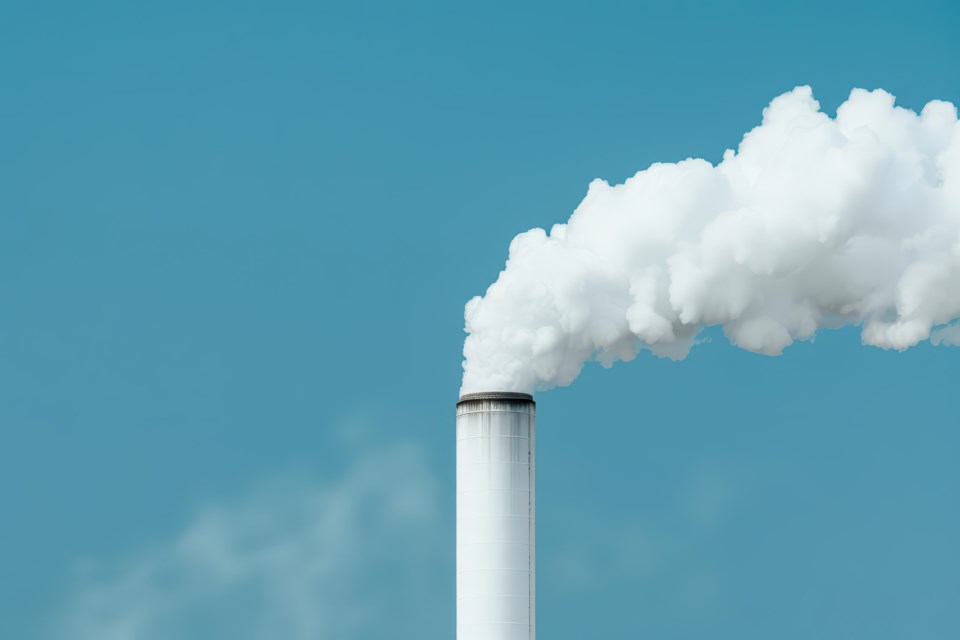The Colorado Air Quality Control Commission (CDPHE) has implemented new rules that will impact oil and gas operations in Weld County, which was announced on February 21. The regulations aim to reduce methane emissions by phasing out high-bleed pneumatic controllers, which are devices that use compressed natural gas to regulate industrial processes, releasing a significant amount of gas into the atmosphere during operation.
The rules state that operators must reduce these controllers to 50 percent by May 2026 and 100 percent by May 2027, in favor of zero-emission alternatives like electric controllers. There is currently a federal deadline of March 9, 2029.
Michael Ogletree, senior director of state air quality programs at CDPHE, said that Colorado continues to lead the nation in protecting air quality and tackling climate change. “We didn’t wait for federal deadlines,” she said. “We acted early to advance these protections for our environment and communities. These standards reflect Colorado’s commitment to cleaner air and a healthier future, backed by thoughtful, state-specific solutions.”
Weld County has 15,828 active oil wells. The county produces 82 percent of the oil in Colorado and 56 percent of the state’s gas. There are currently 100 million barrels of oil in Weld County.
According to data from the Colorado Labor Market Information (LMI), there are 1,032 oil and gas extraction employees in Weld County working for 16 different companies. In addition, there are 5,246 employees classified as “support activities for mining” working for 239 different companies, but it is unclear how many of those are related to the oil industry.
According to a CDPHE estimate, removing high-bleed controllers from operation will remove 16,000 tons of annual methane emissions across the state. That would be the equivalent to the annual emissions from 104,000 gas-powered vehicles.
In 2022, Colorado Oil and Gas Association (COGA) President Dan Haley accused Boulder-area politicians of cherry-picking data to stop oil production in the state. COGA claimed that emissions were falling despite an increase in oil drilling. The organization used data from a NASA satellite and a Platteville monitoring station. The organization concluded that emissions were cut in half from 2013 to 2019 despite a three-fold increase in fossil-fuel production.
Jane Turner, Longmont’s oil, gas and air quality program manager, said this data isn’t accurate because it relies on data from Platteville, which is not where most new oil and gas development is occurring. The Platteville station collects data in the morning hours every six days. The levels are usually lower in the morning so it does not provide a full picture.



